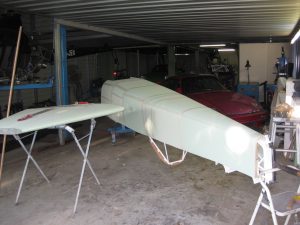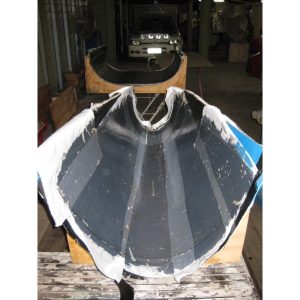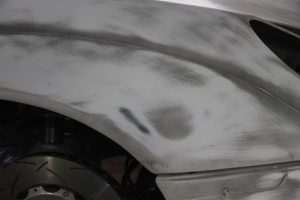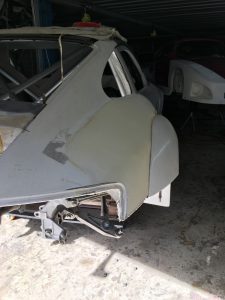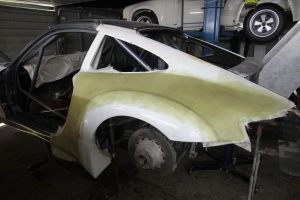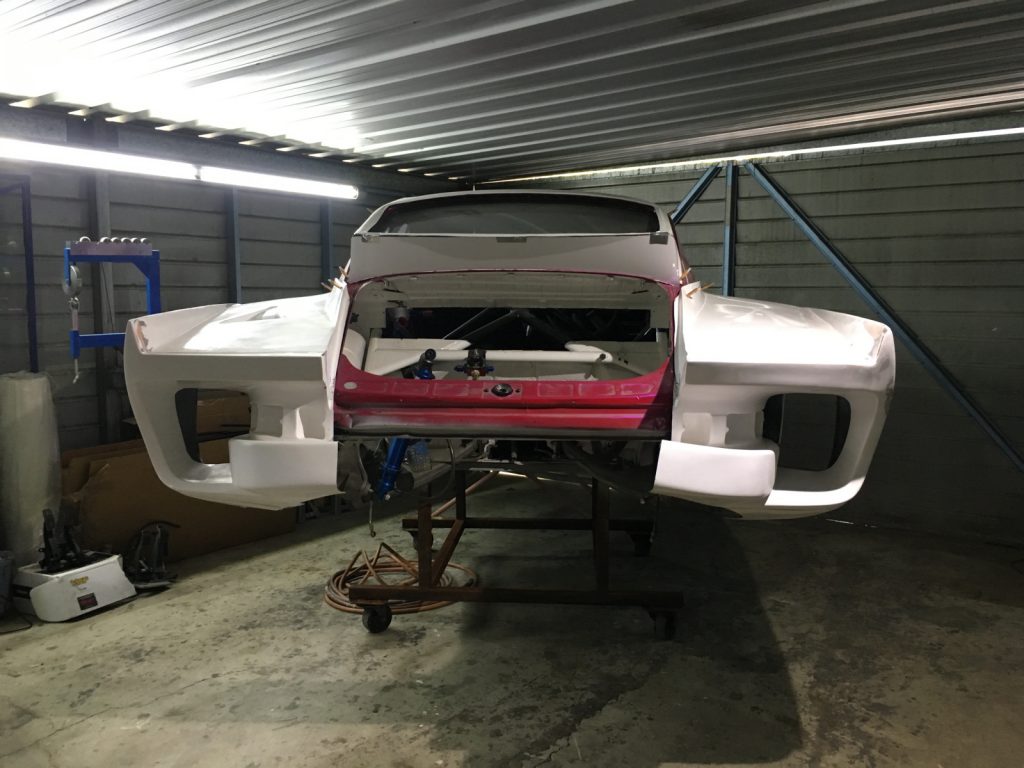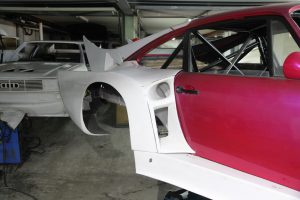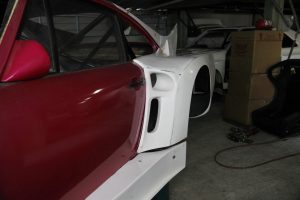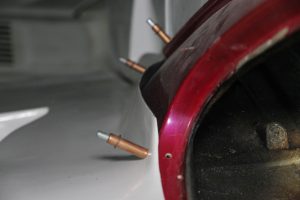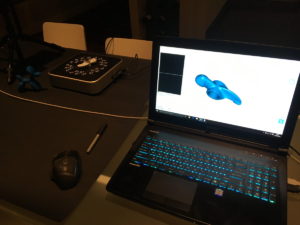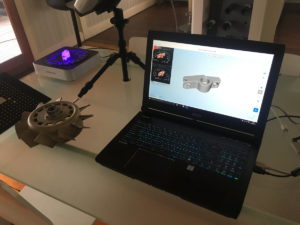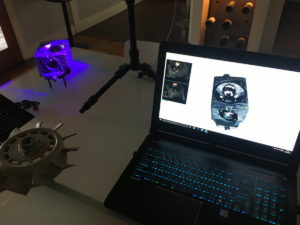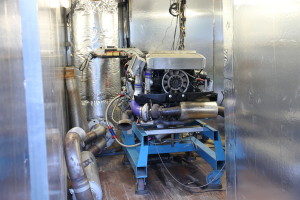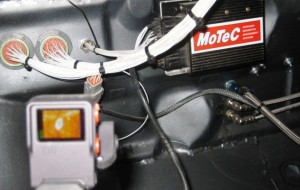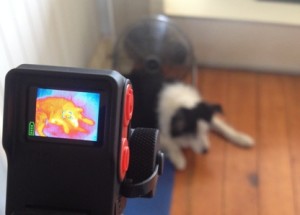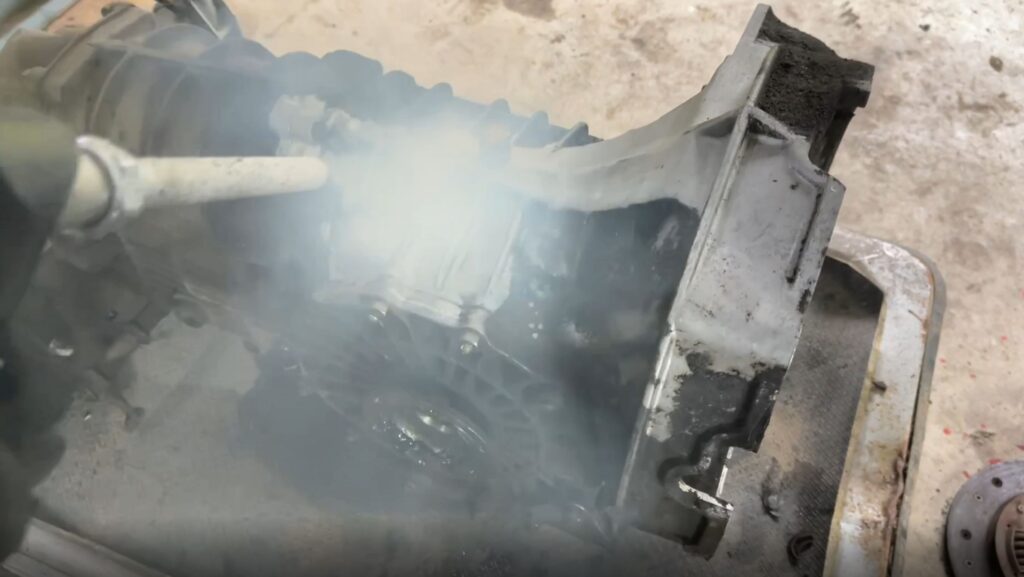
I do like things to be clean. In a perfect world nothing would ever get dirty, but when the inevitable happens it is good to have the right tool for the job.
Dry ice blasting seems to be all the rage at the moment so I grabbed a demo unit to try around the workshop to see if I need one. At the time I think I had one of the grottiest gearboxes I have ever seen in for a rebuild so that seemed like a good test.

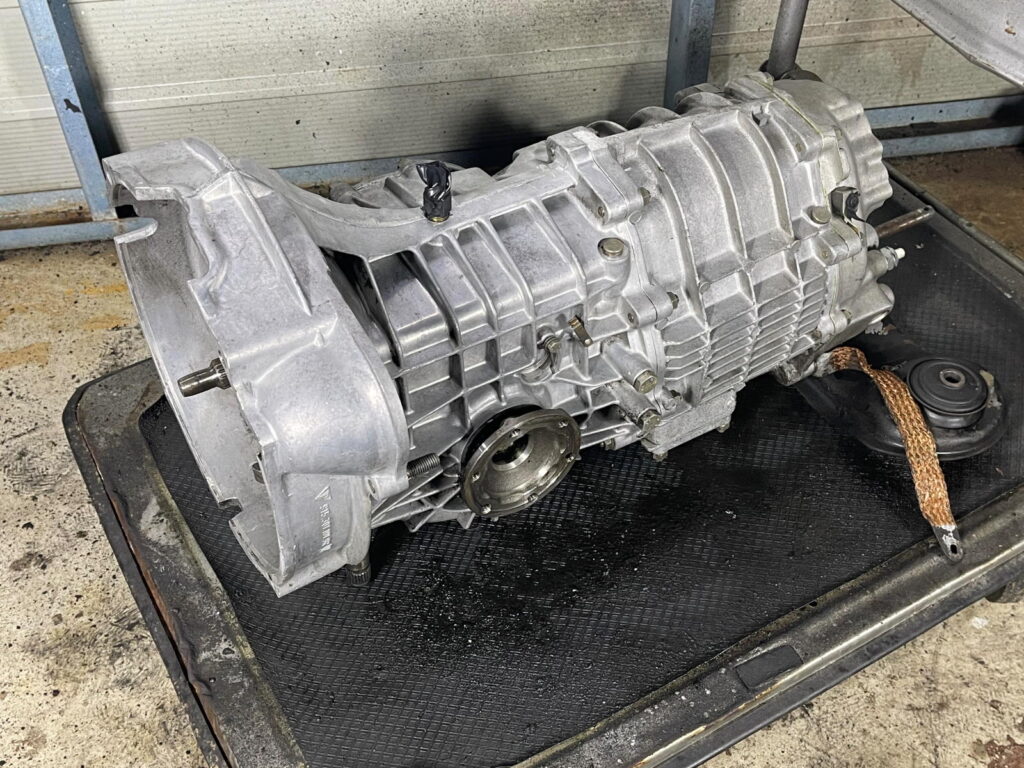
A picture tells a thousand words. What these photos don’t show are how long it took to get to the clean stage. Even though my compressor is 24hp, the going was relatively slow, the blaster is incredibly loud and it sucked down the expensive ice like… well, like the spec sheet said it would.
For parts that are about to be rebuilt, my existing wet / vapor blaster rips off dirt and grease in a fraction of the time. An example is below showing a pre-clean of some hubs and cylinders and then the final clean before assembly. The finish from the wet blaster just can’t be beaten…

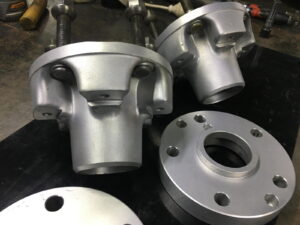
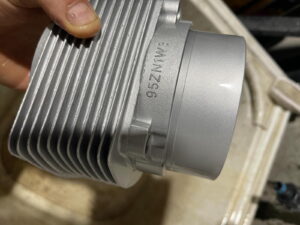

When I Cerakote parts or have to prepare a surface for another coating system, the bead blaster is equally fast which makes the job cheaper and less painful…
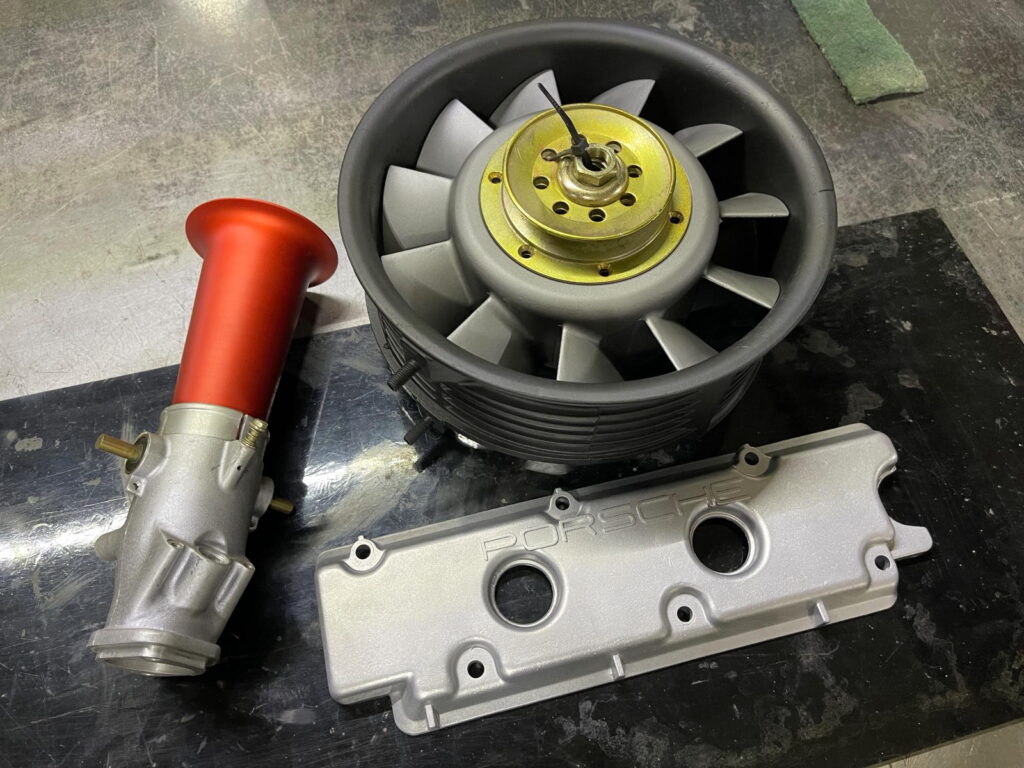
There are plenty of items that do not suit abrasive media cleaning however. For the few items with small oil passages, the options I have are soda blasting, a hot wash tank and a heated industrial ultrasonic cleaner that is big enough to fit an engine case in. They all have their drawbacks – maybe there isn’t a perfect solution.
Dry ice basting really does excel for general cleaning and detailing, particularly in areas that you want to avoid water or chemicals. I only trialed a unit for a few days so I still have a few questions about its capabilities but I already can see some advantages over some of my existing processes. Maybe some fine tuning would make the cleaning faster and more aggressive. The big question is whether the cost of purchasing the unit, plus feeding it, plus the logistics of getting and storing the ice is worthwhile…
I do like things to be clean though.
